Photography Guidelines
The personality of the university should shine through in our work to help convey the UC Davis story. The keywords framing our work are: unexpected, authentic and engaging. When appropriate, our work will show a sense of humor.
Images taken at UC Davis connect better with our audiences than generic imagery.
FOA Communications staff are available to help with most photography requests - send us an email: foacommunications@ucdavis.edu.
If you must use stock photography, follow these guidelines.
Focus
Use shallow depth of field and selective focus in most situations. This technique draws attention to the subject, while losing distractions within the frame.

Composition
Avoid busy compositions. Use key compositional elements such as framing, rule-of-thirds, selective focus, etc. to create clean compositions. Frame your images to give options to graphic designers and build a strong, varied library of images. Consider incorporating wide, medium and detail images. When possible, incorporate negative space to allow for overlay of texts.
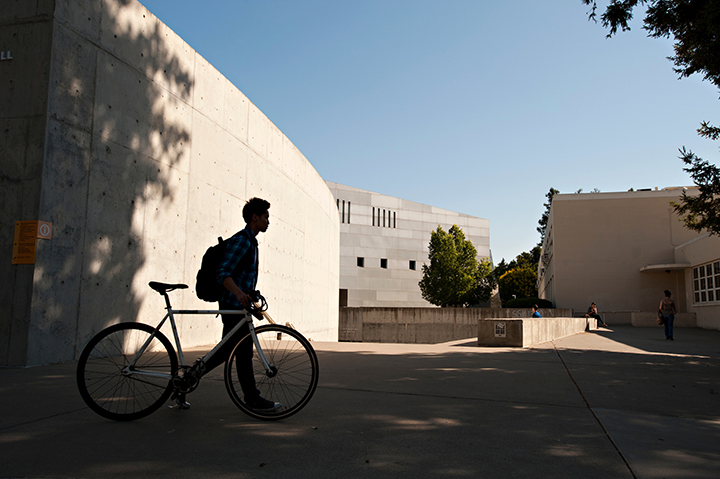
Subject
Capture candid, authentic moments of your subject. Avoid overly posed or staged images. When at all possible, photograph your subject in “action” rather than in a static state. Avoid subjects looking directly into the camera and smiling.
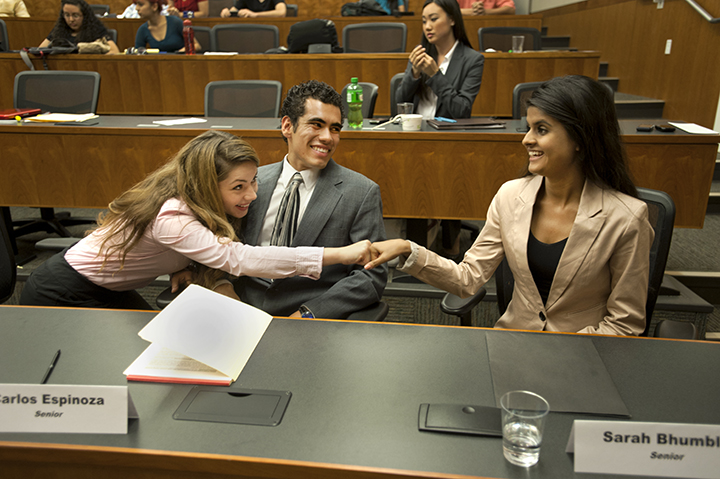
Capture our community in action and outcomes
Always look for opportunities to tell the story of your subjects at work, in their natural environment. Use photos of outcomes whenever possible. Shoot standard portraits only when required.

Consider where the image will appear
Faces are the most powerful magnet for grabbing attention, as in the case of magazines in a newsstand, but scenery can be very powerful under the right circumstances. Consider where your photo will appear and its intended effect on your audience.
Follow university protocol when shooting and using research lab photographs
It’s our responsibility to promote safety in all UC Davis lab photographs. Even though the lab may not require all personal protective equipment, please ensure your subjects are wearing them, as this is a universitywide practice expected in all photographs of UC Davis labs, even if your subject states they aren’t required in this specific lab. Please review the guidelines for shooting and using research lab photographs.
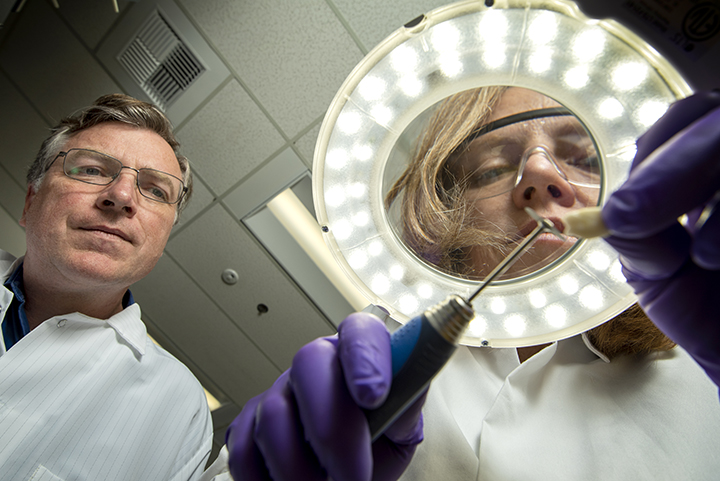
Lighting
When possible, use ambient lighting. When additional lighting is needed, it should be minimal and mimic the ambient lighting, so that it is almost unnoticeable.
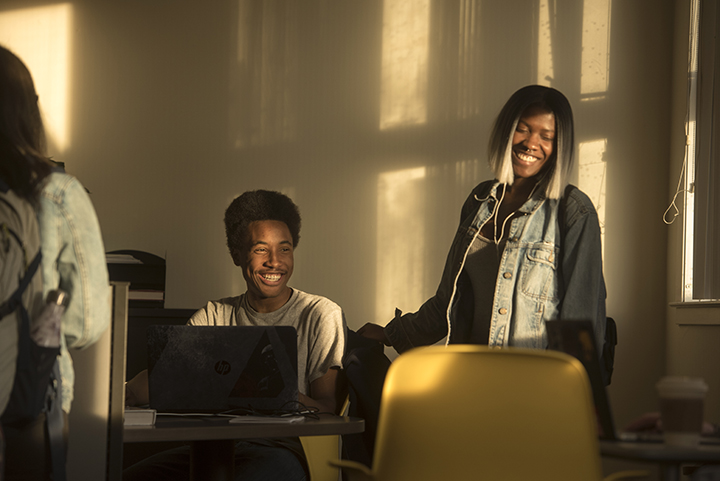
Abstract
These are images where color, texture or form are the subject of the photo. These images are useful to designers as background design elements. In a series of photos, an abstract image offers a storytelling component, but as stand-alone images, they do not.

Pick the right resolution for your medium
Poor photo resolution also impacts quality. Don’t use photos from websites for print publications. It’s easy to convert high-resolution, print-ready photos to lower-resolution photos for the web, but impossible to turn low-resolution web photos into high-quality print photos.
We recommend:
- 72 dpi for web
- 100-150 dpi for newsprint
- 300 dpi for full-color print reproductions
Be careful when saving files
Saving as a JPEG should be the last step in image editing. Saving as a JPEG removes data from the image each time; successive saves will degrade an image quickly. Always keep a TIF or PSD version available if additional edits are needed.
Photography categories
People
The witty, hard-working and welcoming spirit of our students, faculty, staff and alumni should come to life through our photography.
When possible, photograph a subject in an environment that contributes to their story. When that is not possible, another option would be to use compositional devices such as framing, focus, use of color, etc. to create an interesting and unique image. Capturing genuine expressions and interactions is best. This direction should be taken into consideration even in situations where the photographer has control over these elements. Also, your photography should reflect the diversity of our campus. One of our university’s greatest strengths is its diversity. When you’re capturing images, you should be mindful that we are a global community representing many backgrounds, experiences and stories.

Place
This category highlights our campuses, showing them in a unique but authentic way. These images will have to do some heavy lifting, especially within admissions communications. They must paint a vivid picture for folks who have never been to UC Davis, and they should compel them to come visit. This category needs to collect all of the wonderful and beautiful things that make being at UC Davis special. Images should show an active and engaged community — avoid photos of campus without people in them. Images should be authentic and not overly staged or posed.
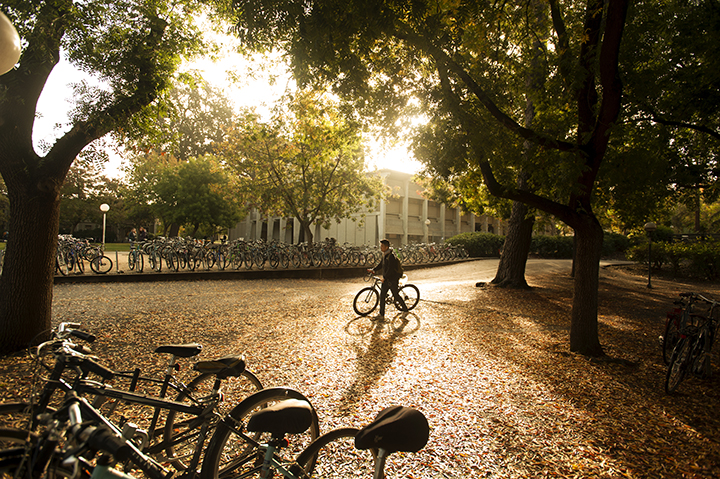
Details
Paired with other photos, detail shots can contribute greatly to storytelling, emphasizing elements that the viewer may not notice on their own.
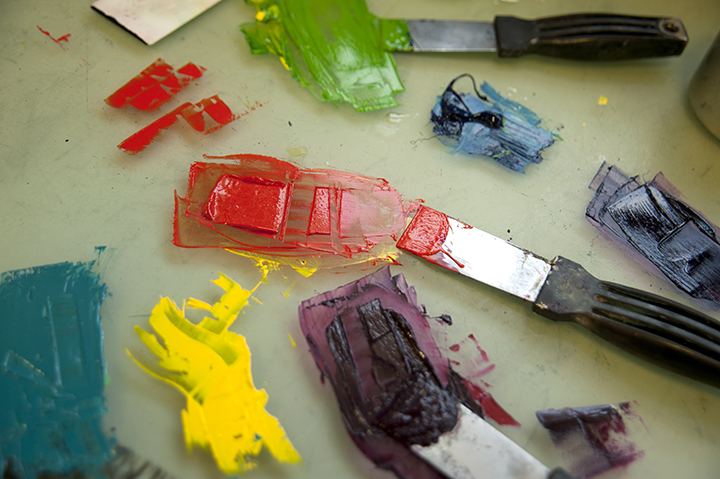
Davis Difference
The Davis Difference is a collection of vibrant, uniquely UC Davis moments from traditions, landmarks, student spirit, athletics and anything else that is ownable by UC Davis. The personality of the university should shine through in these images, telling the full UC Davis story.
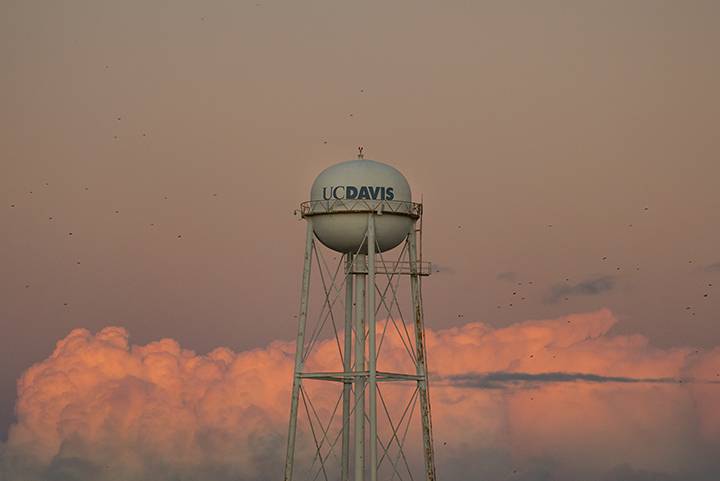
Photography Resources
There are several sources for high-quality, UC Davis photos to enhance presentations, websites and publications. The resources below are a preferred alternative to clip art or stock photos. In addition, please contact FOA Communications to inquire about finding and using photos from our growing FOA photography inventory.
UC Davis Strategic Communications provides photography information, guidance and resources for campus communicators.
Photo Libraries
The photos on the following sites may be used by UC Davis staff for university internal communications. Photographers should be credited as required.
- UC Davis Photos – a versatile collection of photography provided by the Office of Strategic Communications for general use by campus communicators
- UC Davis Arboretum and Public Garden photostream – photos of staff and activities across administrative units
- FOA Communications Flickr Albums – portfolio photos and other images for view and download.